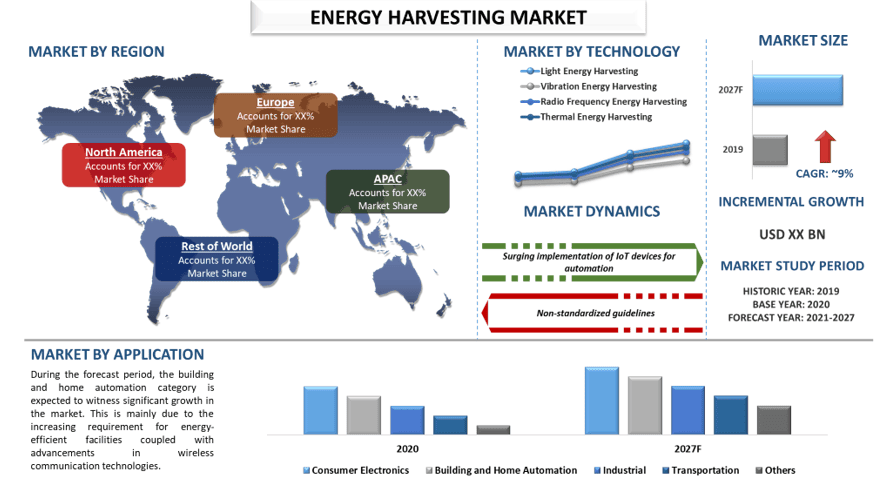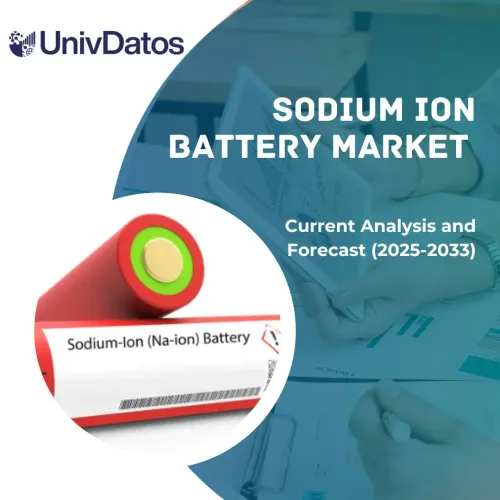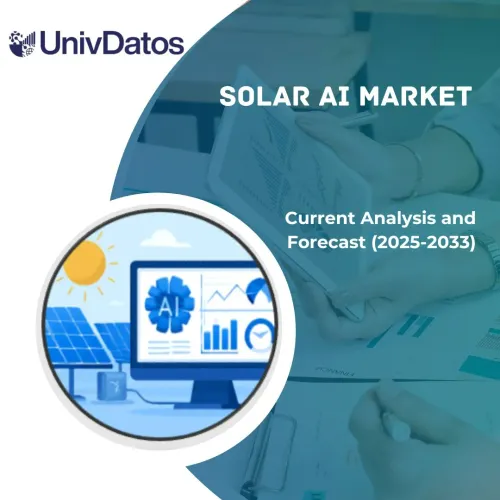- Home
- About Us
- Industry
- Services
- Reading
- Contact Us
Energy Harvesting Market: Current Analysis and Forecast (2021-2027)
Emphasis on Technology (Light Energy Harvesting, Vibration Energy Harvesting, Radiofrequency Energy Harvesting, and Thermal Energy Harvesting); Application (Consumer Electronics, Building, and Home Automation, Industrial, Transportation, and Others); and Region/Country

The global energy harvesting market is expected to witness a CAGR of around 9% during the forecast period (2021–2027). This is mainly due to the increasing R&D initiatives for the development of new technologies and the rising integration and adoption of IoT technology for infrastructure management within the smart city and the smart home ecosystem. Furthermore, growing environmental awareness, supportive government policies, Greenhouse Gas (GHG) emission reduction targets, and rising demand for energy is expected to drive the market for energy harvesting system and solutions during the forecast period. In addition, major players in the market are continuously developing solutions for building and home automation integrated with energy harvesting solutions. For instance, In May 2021, EnOcean, presented the PTM 535BZ module, the latest addition to its range of transmitter modules for battery-free switch applications. PTM 535BZ enables the realization of energy harvesting wireless switches communicating based on Bluetooth Low Energy (BLE) or ZigBee Green Power (ZGP) radio standards.
Energy harvesting is the process in which energy is captured from a system’s environment and converted into usable electric power. Energy harvesting allows electronics to operate where there’s no conventional power source, eliminating the need to run wires or make frequent visits to replace batteries. They’re mostly found in low-power electrical devices like sensors, watches, and household appliances. These devices offer a cost-effective alternative to traditional power sources such as batteries. Furthermore, the increasing implementation of Internet of Things (IoT) devices for building and home automation coupled with rising government initiatives for the integration of energy-efficient systems and technologies across sectors is expected to drive the market for energy harvesting during the forecast period.
ABB Limited, Analog Devices Inc., Convergence Wireless Inc., Cymbet Corporation, EnOcean GmbH, Fujitsu Limited, Powercast Corporation, STMicroelectronics NV, Texas Instruments Incorporated, and Microchip Technology Inc. are some of the key players in the market. Several M&A’s along with partnerships have been undertaken by these players to boost their presence in different regions.
Industry growth witnessed some stress and negative impact due to COVID-19. The sudden outbreak of COVID-19 has sent shockwaves across sectors such as manufacturing, power generation, renewables, and oil and gas. The outbreak and the resulting economic slowdown have had an intermediate impact on the energy harvesting industry. Further, the COVID-19 pandemic negatively impacted the semiconductor manufacturing equipment market in 2020 and 2021, resulting in a decline in the revenues for market players. However, the market is expected to remain robust due to the rise in demand for consumer electronic devices, smart home devices, electric vehicles, and smart and connected medical devices, among others.
Insights Presented in the Report
“Amongst Technology, light energy harvesting category to hold a significant share in the market”
Based on technology, the market is classified into light energy harvesting, vibration energy harvesting, radiofrequency energy harvesting, and thermal energy harvesting. Amongst them, the light energy harvesting category held a significant market share in 2020. Photovoltaic (PV) cells or mini-modules are an intuitive choice for harvesting indoor ambient light, even under low light conditions, and using it for battery charging and powering of IoT-based smart and connected devices like wireless sensors. The adoption of these devices and sensors is growing rapidly for building automation, transportation, and other applications. Thus, with the increased demand for building automation systems, rising global demand for energy-efficient electrical products coupled with an increase in urban population and industrialization activities are further expected to drive the market for energy harvesting during the forecast period.
“Amongst Application, building and home automation category is accounted for a significant market share in 2020”
Based on application, the market is categorized into consumer electronics, building and home automation, industrial, transportation, and others. During the forecast period, the building and home automation category is expected to witness significant growth in the market. This is mainly due to the growing adoption and integration of energy harvesting in building and home automation systems. The market is also witnessing the development of connected, intelligent devices, such as smart meters, smart sensors, and smart thermostats, further supporting the category’s growth. In addition, with the growing construction of high-rise residential as well as commercial buildings, the market is expected to witness tremendous growth opportunities during the forecast period. For instance, The Government of India in the Union Budget 2014-15, has announced a project to develop ‘One Hundred Smart Cities’ as satellite towns of larger cities by modernizing the existing mid-sized cities in the country.
“APAC to witness significant growth during the forecast period”
Asia-Pacific is expected to witness the highest CAGR in the energy harvesting market, during the forecast period. The major contributors to the growth of this market are developing such as China and India. The increase in infrastructure development in emerging economies, as well as the expansion of the commercial and industrial sector, coupled with the rise in installation and integration of smart devices, has contributed to the growth of the APAC market. Furthermore, rapid digitalization across industry verticals and technological advancements coupled with the growing development of smart cities are expected to support the market’s growth. Additionally, the number of new machine-to-machine (M2M) connections per year, the demand for smart consumer devices, and the need for an industrial revolution is higher in this region. IoT applications seem to have more opportunities to improve the standard of living and revolutionize the industrial sector in APAC due to the large population in some of the developing economies.
Reasons to buy this report:
- The study includes market sizing and forecasting analysis validated by authenticated key industry experts.
- The report presents a quick review of overall industry performance at one glance.
- The report covers an in-depth analysis of prominent industry peers with a primary focus on key business financials, product portfolio, expansion strategies, and recent developments.
- Detailed examination of drivers, restraints, key trends, and opportunities prevailing in the industry.
- The study comprehensively covers the market across different segments.
- Deep dive regional level analysis of the industry.
Customization Options:
Global energy harvesting market can further be customized as per the requirement or any other market segment. Besides this, UMI understands that you may have your own business needs, hence feel free to connect with us to get a report that completely suits your requirements.
Table of Content
Analyzing the historical market, estimation of the current market, and forecasting the future market of the global energy harvesting market were the three major steps undertaken to create and analyze the adoption of energy harvesting in major regions globally. Exhaustive secondary research was conducted to collect the historical market numbers and estimate the current market size. Secondly, to validate these insights, numerous findings and assumptions were taken into consideration. Moreover, exhaustive primary interviews were also conducted, with industry experts across the value chain of the global energy harvesting market. Post assumption and validation of market numbers through primary interviews, we employed a top-down/bottom-up approach to forecasting the complete market size. Thereafter, market breakdown and data triangulation methods were adopted to estimate and analyze the market size of segments and sub-segments of the industry pertains to. Detailed methodology is explained below:
Seek More Details About Research Methodology
Analysis of Historical Market Size
Step 1: In-Depth Study of Secondary Sources:
Detail secondary study was conducted to obtain the historical market size of energy harvesting market through company internal sources such as annual report & financial statements, performance presentations, press releases, etc., and external sources including journals, news & articles, government publications, competitor publications, sector reports, third-party database, and other credible publications.
Step 2: Market Segmentation:
After obtaining the historical market size of the energy harvesting market, we conducted a detailed secondary analysis to gather historical market insights and share for different segments & sub-segments for major regions. Major segments included in the report as technology and application. Further country-level analyses were conducted to evaluate the overall adoption of testing models in that region.
Step 3: Factor Analysis:
After acquiring the historical market size of different segments and sub-segments, we conducted a detailed factor analysis to estimate the current market size of the energy harvesting market. Further, we conducted factor analysis using dependent and independent variables such as various technology and application of energy harvesting equipment. A thorough analysis was conducted for demand and supply-side scenarios considering top partnerships, merger and acquisition, business expansion, and product launches in the Energy harvesting market sector across the globe.
Current Market Size Estimate & Forecast
Current Market Sizing: Based on actionable insights from the above 3 steps, we arrived at the current market size, key players in the global energy harvesting market, and market shares of the segments. All the required percentage shares split, and market breakdowns were determined using the above-mentioned secondary approach and were verified through primary interviews.
Estimation & Forecasting: For market estimation and forecast, weights were assigned to different factors including drivers & trends, restraints, and opportunities available for the stakeholders. After analyzing these factors, relevant forecasting techniques i.e., top-down/bottom-up approach was applied to arrive at the market forecast about 2027 for different segments and sub-segments across the major markets globally. The research methodology adopted to estimate the market size encompasses:
- The industry’s market size, in terms of revenue (USD) and the adoption rate of energy harvesting market across the major markets domestically
- All percentage shares, splits, and breakdowns of market segments and sub-segments
- Key players in the global energy harvesting market in terms of solutions offered. Also, the growth strategies adopted by these players to compete in the fast-growing market
Market Size and Share Validation
Primary Research: In-depth interviews were conducted with the Key Opinion Leaders (KOLs) including Top Level Executives (CXO/VPs, Sales Head, Marketing Head, Operational Head, and Regional Head, Country Head, etc.) across major regions. Primary research findings were then summarized, and statistical analysis was performed to prove the stated hypothesis. Inputs from primary research were consolidated with secondary findings, hence turning information into actionable insights.
Split of Primary Participants in Different Regions

Market Engineering
Data triangulation technique was employed to complete the overall market estimation and to arrive at precise statistical numbers of each segment and sub-segment of the global energy harvesting market. Data was split into several segments & sub-segments post studying various parameters and trends in the areas of technology and application in the global energy harvesting market.
The main objective of the global Energy Harvesting Market Study
The current & future market trends of global energy harvesting market were pinpointed in the study. Investors can gain strategic insights to base their discretion for investments from the qualitative and quantitative analysis performed in the study. Current and future market trends were determined the overall attractiveness of the market at a regional level, providing a platform for the industrial participant to exploit the untapped market to benefit as a first-mover advantage. Other quantitative goals of the studies include:
- Analyze the current and forecast market size of the energy harvesting market in terms of value (USD). Also, analyze the current and forecast market size of different segments and sub-segments
- Segments in the study include areas of technology and application.
- Define and analysis of the regulatory framework for the energy harvesting market industry.
- Analyze the value chain involved with the presence of various intermediaries, along with analyzing customer and competitor behaviors of the industry.
- Analyze the current and forecast market size of the energy harvesting market for the major region.
- Major countries of regions studied in the report include Asia Pacific, Europe, North America, and Rest of the world.
- Company profiles of the energy harvesting market and the growth strategies adopted by the market players to sustain in the fast-growing market
- Deep dive regional level analysis of the industry
Related Reports
Customers who bought this item also bought










